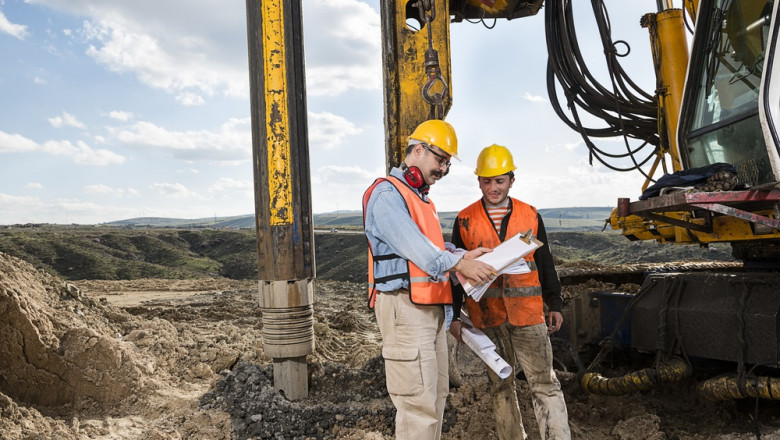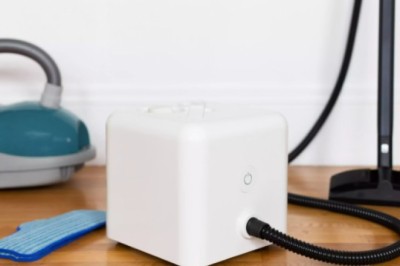views

A timely pipeline investigation is required from time to time to keep the pipelines in the best possible position. and also update and maintain them. This is all a part of pipeline integrity management. This is done to achieve proper safety and security around pipelines. To have a proper functioning pipeline, the operator must maintain the pipelines in a good and efficient state, order, and repair. In case it needs repair, then it should be updated and checked regularly.
Types of pipelines
Depending upon the need and requirement, different methods are used for different pipeline repairments. There are two types of pipeline repair. Traditional pipeline repair is used for shallow-water pipelines, while for Deepwater pipelines, we use driverless repair. It is important to note that we should have regular check-ups on pipelines and maintain them frequently for smooth functioning.
Non-destructive technique or NDT
Keeping this in mind, we are going to discuss a few pipeline investigation techniques that have been quite popular over time. If you are not aware of them, then you probably should, as an issue or error with your pipeline affect you immensely. NDT (non-destructive techniques) are used in pipeline investigation so as not to bring damage to the pipeline or stop its functions. The NDT technique checks for issues in terms of safety, security, reliability, environmental protection, and government regulation.
Various pipeline Investigation techniques
Visual inspection
Visual inspection is one of the most difficult methods of pipeline inquiry since a qualified professional must check for problems in the pipeline. They might look for faulty installation, impeding construction failures, welding faults, corrosion development, and fractures in the pipeline. It's challenging since the analysis is entirely dependent on the qualified professional's own judgment and expertise.
Ultrasonic technique
Another noteworthy technique in pipeline investigation is the ultrasonic technique. In this, we use ultrasonic waves to determine the condition of the pipeline. In this, we use soundwaves of around 50 kHz - 50 MHz frequency which is above human audible range and hence cannot be heard by humans. Transmitting and receiving sound within the pipeline is achieved through the piezo-electric effect.
This is done to inspect the pipeline for thickness variations, fractures, welds, delamination, voids, and other material or structural flaws. The concern with this research approach is identical to the previous technique, and data collection and analysis are fully dependent on the technician's competence, efficiency, and knowledge. Precision and choice are challenging in this scenario since the reading is non-subjective.
Radiography
To check the structural integrity and reliance, in this pipeline investigation method, we use electromagnetic radiation. Since wavelengths are short, we can utilize them to check on structural integrity, as short wavelengths can travel easily through steel and metallic alloys. This is extremely useful when investigating welds on pipelines. Also, this can also help in understanding and checking the pipeline structure.
Thermography
This is a pipeline investigation method that works by measuring the difference between the temperature of the pipeline and its environmental surrounding. This type of investigation helps in determining the defects or leakage in the pipeline. Pipeline maintenance and investigation are very important for maintaining an efficient and functional pipeline.
Having an NDT (non-destructive technique) is important as it does not damage anything, and the pipeline investigation can work efficiently and also provided methods to check corrosion detection. They help us with protecting the reliability, efficiency, and longevity of the pipeline. We can also take mitigative measures to prevent any risk to the pipelines. The process is a continuing process and one needs to be very careful as well. We should regularly maintain the pipeline and investigate them properly for smooth functioning.












